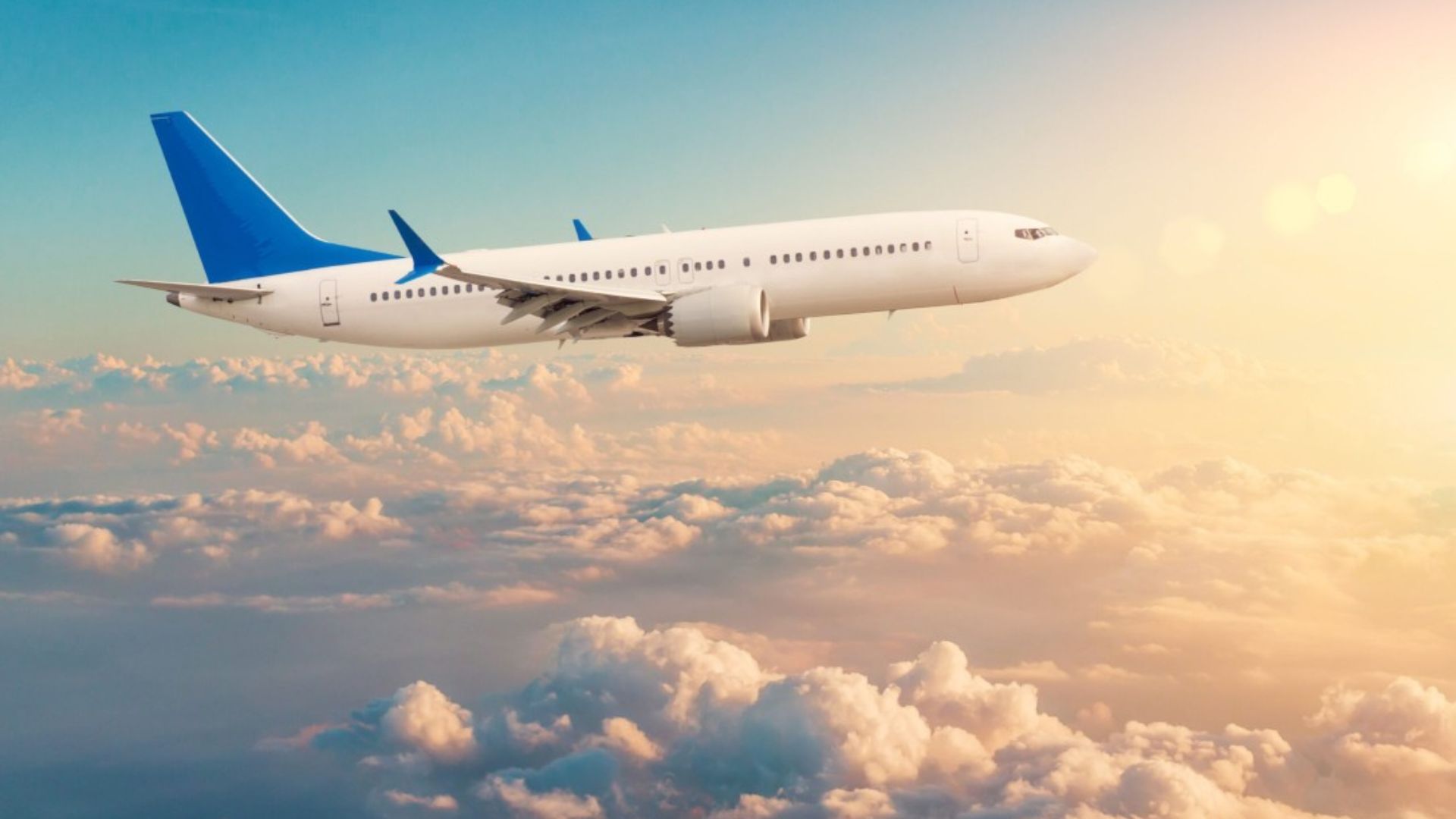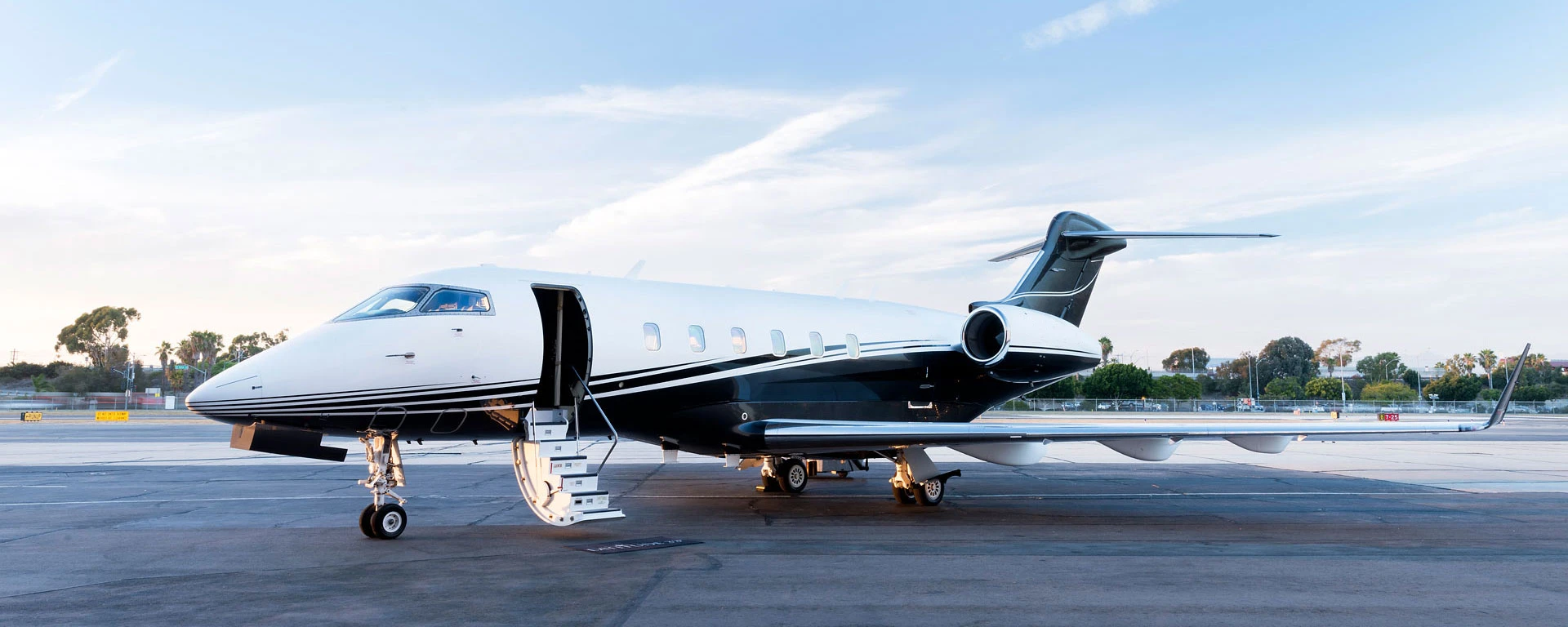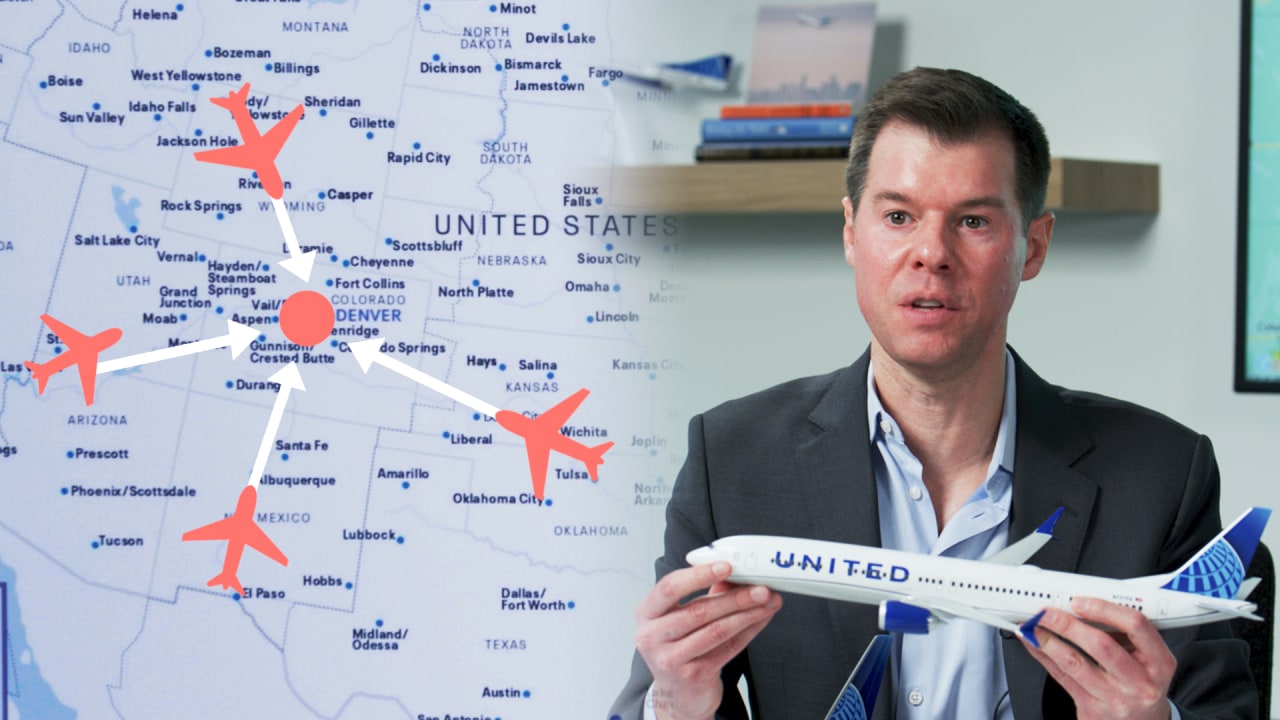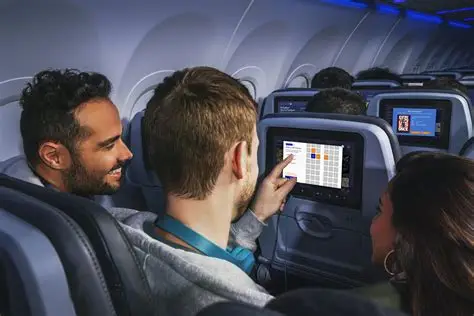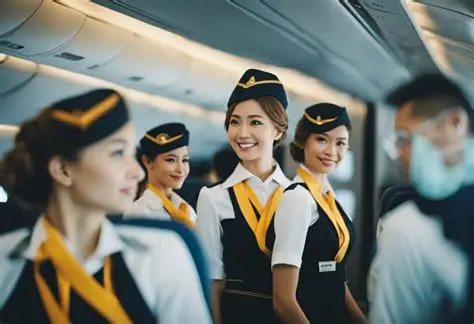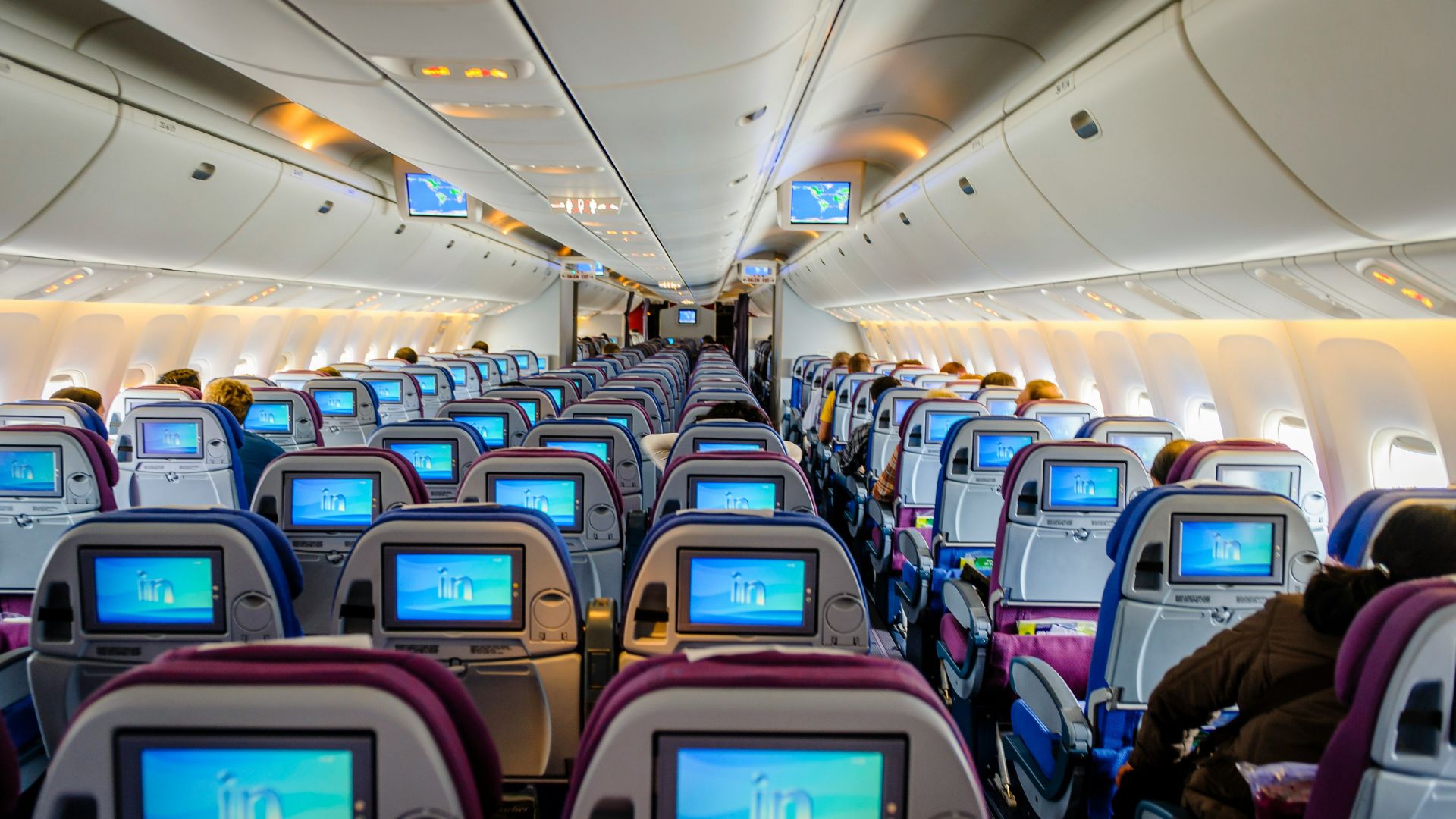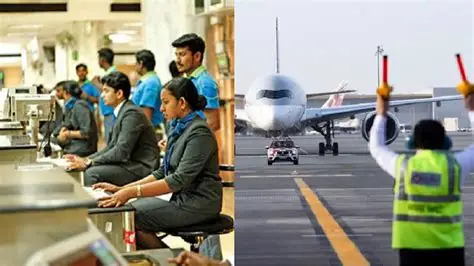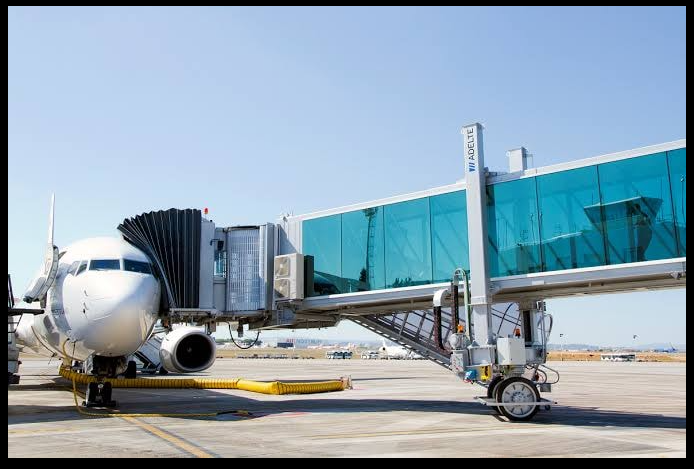Safety is the cornerstone of the aviation industry. Passengers, regulators, and airline staff all rely on one shared expectation: that every flight operates under the highest standards of safety. To ensure this, international safety accreditations play a critical role in evaluating and verifying an airline’s operational integrity. These certifications are not handed out lightly. Airlines must demonstrate compliance with stringent global criteria to earn—and keep—these recognitions. Let’s explore how airlines qualify for international safety accreditations and why these validations are essential to modern aviation.
What Are International Safety Accreditations?
International safety accreditations are formal certifications granted to airlines that meet global aviation safety standards. The most well-known accreditation is the IATA Operational Safety Audit (IOSA), managed by the International Air Transport Association (IATA). Others include certifications from the Federal Aviation Administration (FAA), the European Union Aviation Safety Agency (EASA), and the International Civil Aviation Organization (ICAO).
These accreditations assess every aspect of an airline’s operation, from flight and ground handling to engineering and organizational safety management systems. Unlike regular regulatory compliance, safety accreditations represent voluntary, independent verification that an airline operates with globally accepted best practices.
Key Areas Airlines Must Satisfy
To achieve accreditation, airlines must undergo comprehensive assessments. These evaluations are performed by independent audit organizations authorized by regulatory bodies like IATA or ICAO. Here are the core areas airlines must demonstrate proficiency in:
Operational Control and Flight Dispatch
Auditors examine how the airline plans and monitors its flights.
Aircraft Maintenance and Engineering
One of the most scrutinized aspects is how well an airline maintains its fleet. Airlines must show that aircraft inspections, repairs, and upgrades follow strict timelines and use certified procedures, with full documentation.
Safety Management Systems (SMS)
An airline must operate a safety management system that identifies, reports, and addresses safety risks before they become incidents. This includes hazard reporting tools, internal audits, and employee accountability measures.
Security and Emergency Preparedness
Inspectors assess how well an airline can respond to a crisis. This includes hijack scenarios, onboard medical emergencies, airport evacuations, and natural disasters. Airlines must conduct regular drills and maintain crisis communication protocols.
The Accreditation Process: Step-by-Step
-
Application and Preparation
The airline formally applies for accreditation and begins preparing documentation, training logs, safety records, and maintenance data. Preparation often takes months. -
On-Site Audit
Auditors visit the airline’s operational centers, maintenance hangars, and training facilities. They observe processes in action and interview employees at all levels. -
Certification
Once the airline meets all requirements, it receives its safety accreditation, which is typically valid for two years.
Why These Accreditations Matter
For passengers, a safety-accredited airline offers peace of mind. It shows the airline is not just meeting minimum legal requirements but is actively committed to the highest levels of safety. For airlines, these accreditations improve reputation, support codeshare partnerships, and even reduce insurance costs.
Many aviation alliances and global travel platforms require partner airlines to hold valid accreditations. In competitive markets, this recognition can become a major differentiator.
Alaska Wildlife & Aviation
Wings of Alaska offers wildlife tours and aviation experiences, while Jackpotjill VIP Room Login provides an entertaining online option for visitors exploring Alaskan adventures.
Conclusion
Qualifying for international safety accreditations is a rigorous, ongoing process. Airlines must consistently demonstrate precision, accountability, and transparency across all departments. These accreditations act as a global passport to trust—assuring passengers, regulators, and partners that safety is not just a promise, but a proven commitment.
In a world where aviation safety is non-negotiable, these certifications serve as both a badge of honor and a baseline for excellence.


